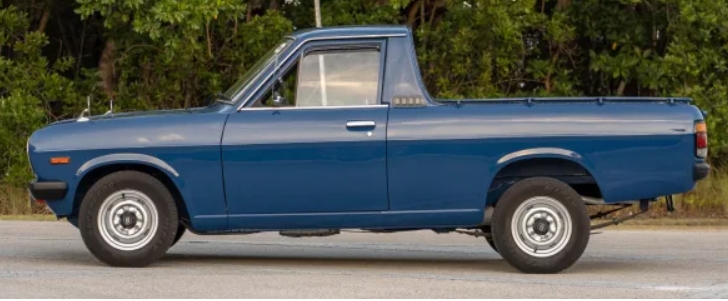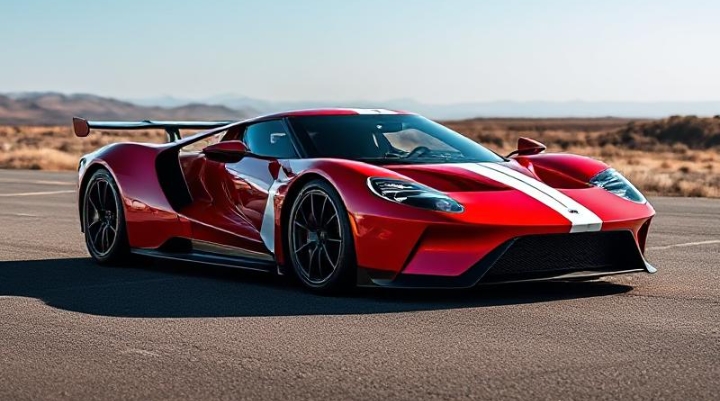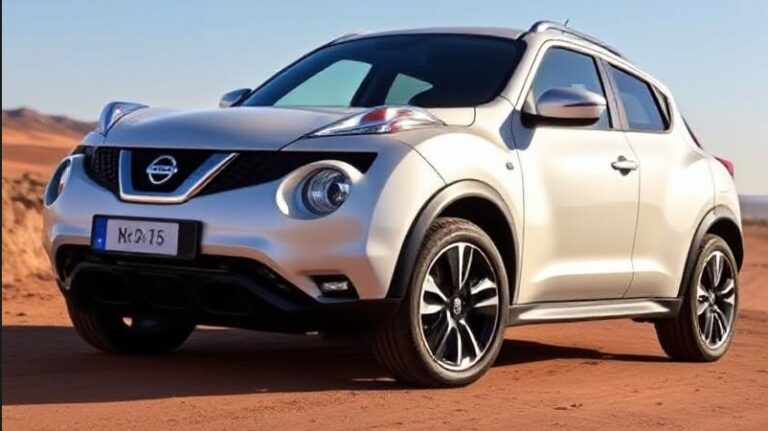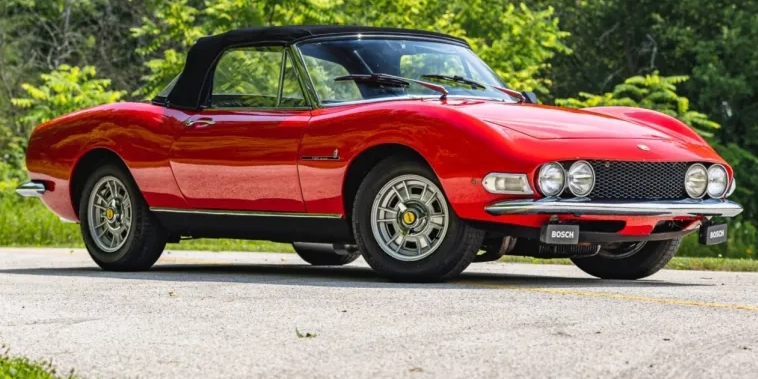The Unsung Hero: The Nissan Sunny Evolution
In the grand theatre of automotive history, spotlights are often hogged by flamboyant sports cars and luxurious land yachts. Yet, the real narrative of global mobility is written by the humble, reliable workhorses—the cars that moved generations of families, delivered goods, and formed the very backbone of daily life. Among these unsung heroes, few have a legacy as sprawling, diverse, and enduring as the Nissan Sunny. For over half a century, the Sunny, under its various names and guises, has been the embodiment of accessible, dependable transportation for millions. This is its story.
The Dawn of the Sun: The B10 (1966-1970)
The story begins in a recovering, post-war Japan. Nissan, then marketing its exports primarily under the Datsun brand, saw a burgeoning market for a small, economical family car. Their answer, launched in 1966 to directly compete with the Toyota Corolla, was the Datsun 1000, internally coded the B10. The public name, “Sunny,” was chosen from over eight million suggestions in a nationwide contest, perfectly capturing the optimistic spirit of the era.
The B10 was a paragon of simplicity. Its clean, almost European-inspired lines housed a 988cc A10 pushrod four-cylinder engine, producing a modest but willing 56 horsepower. It was a conventional front-engine, rear-wheel-drive layout, designed for reliability and ease of maintenance above all else.
Models and Trims:
2-Door Sedan (B10): The primary launch model.
4-Door Sedan (B10): Added in 1967 for increased practicality.
Coupe (KB10): A sportier, fastback version introduced in 1968, known as the Sunny Coupe.
Van/Wagon (VB10): A commercial variant that proved immensely popular.
Trim Levels: Initial offerings were straightforward: Standard and DeLuxe, with the latter adding more chrome trim, better upholstery, and a radio.
The Giant Killer: The B110 (1970-1973)
If the B10 was the introduction, the B110 was the global breakthrough. Marketed internationally as the Datsun 1200, it was a revelation. While still a simple, lightweight car, its engineering was superb. The new 1.2-litre (1171cc) A12 engine was a gem—eager to rev, incredibly durable, and responsive. This, combined with its featherlight chassis and nimble handling, made the B110 not just an economy car, but a genuinely fun car to drive.
Its success was cemented on the racetrack. The B110 Coupe dominated touring car championships in Japan, Australia, and beyond, earning it a cult status that persists to this day among classic car enthusiasts.
Models and Trims:
2/4-Door Sedan (B110): The volume sellers.
Coupe (KB110): The iconic racing platform.
Wagon (VB110): A practical family and commercial hauler.
Trim Levels: The range expanded significantly. In Japan, trims included Standard, DeLuxe, GL (Grand Luxe), and the sporty GX. The GX featured twin-carburetors and better instrumentation, while the legendary GX-5 added a 5-speed manual gearbox—a rarity in this class.
The Fuel Crisis Champion: The B210 (1973-1978)
The B210, known as the Datsun 120Y or B-210 in many markets, arrived just as the 1973 oil crisis hit. Its timing was perfect. Nissan heavily marketed the B210’s exceptional fuel economy, and consumers flocked to it. The styling was a dramatic departure from the B110’s clean lines, featuring a more flamboyant, “coke-bottle” shape that proved divisive but distinctive.
Despite its economy focus, it was larger and heavier than its predecessor, a trend that would continue for decades. It was a sales behemoth, particularly in North America, solidifying Datsun’s reputation for building fuel-sipping, reliable cars.
Models and Trims:
2/4-Door Sedan (B210): The core of the lineup.
Coupe (KB210): A notchback coupe.
Hatchback Coupe (GB210): A new, practical fastback style.
Wagon (VB210): Continued its utilitarian role.
Trim Levels: Similar to the B110 with Standard, DX, GL, and GX trims. The US market received a special yellow-and-black striped edition called the Honey Bee, a marketing exercise that has since become a collector’s item.
The Return to Form: The B310 (1977-1981)
After the stylistic excesses of the B210, Nissan pivoted back to a more conservative, angular design for the B310. This was the last generation of the mainstream rear-wheel-drive Sunny. Known as the Datsun Sunny or Datsun 210, it was a sharper, more modern-looking car that shed the B210’s curves for crisp, folded-paper lines. It featured improved engines like the A14 and A15, offering better performance while retaining excellent fuel economy. The B310 was a refined and mature evolution, a fitting end to the Sunny’s RWD era.
Models and Trims:
2/4-Door Sedan
Coupe
Hatchback/Fastback
Wagon: Including a stylish “California” model with faux wood paneling in some markets.
Trim Levels: DX (Deluxe), GL (Grand Luxe), and SGX (Super Grand Luxe) were common high-end trims.
A New Direction: The B11 (1981-1985)
The 1980s heralded a seismic shift in automotive design. The B11 Sunny was the first to adopt a space-efficient front-wheel-drive layout. This was a completely new car from the ground up. The transition also marked the beginning of Nissan phasing out the Datsun name globally. In North America, this car was introduced as the first “Nissan Sentra.”
The FWD platform offered a vastly roomier interior within a compact footprint. Power came from the new E-series engines, and for the first time, a diesel option (the CD17) was available, further burnishing its economy credentials.
Models and Trims:
2/4-Door Sedan
3/5-Door Hatchback
Coupe
Wagon (became the AD Van in Japan)
Trim Levels: DX, GL, SGX, and a sporty turbocharged LePrix model in Japan.
The Angular Age: The B12 (1985-1990)
The B12 Sunny/Sentra doubled down on the angular styling of the 1980s. Its sharp, creased bodywork was quintessentially of its time. This generation saw a significant diversification of the platform. Beyond the standard sedan, there was a handsome Coupe (known as the RZ-1 in Japan), a “Sportback” hatchback, and a wagon. Technologically, it advanced with the introduction of fuel-injected and multi-valve engines, like the excellent GA16DE. Four-wheel-drive variants were also offered, adding all-weather capability to the Sunny’s list of virtues.
Models and Trims:
2/4-Door Sedan
3-Door Hatchback
5-Door Wagon
2-Door Coupe (RZ-1)
Trim Levels: A wide range including DX, LX, XE, GXE, SE. Top-tier Japanese models featured designations like Super Saloon and Twin Cam.
The Legend is Born: The B13 (1990-1994)
While the B13’s rounded, aerodynamic styling was a product of the early 90s, this generation is remembered for one thing above all else: performance. In the US, the 2-door Sentra SE-R, equipped with the now-legendary 140-hp SR20DE engine and a limited-slip differential, became an instant “giant killer.” It offered Porsche-level performance for the price of an economy car. In Europe and Japan, this mantle was carried by the Sunny GTI.
However, the B13’s most remarkable legacy is its longevity. While most of the world moved on in 1994, production continued in Mexico as the Nissan Tsuru. With minor changes, this incredibly durable and simple-to-fix car remained a bestseller and the taxi-cab of choice until production finally ceased in 2017—an astonishing 27-year run.
Models and Trims:
2/4-Door Sedan
Trim Levels: E, XE, SE, GXE in the US. The performance trims were the world-beating
SE-R (US) and GTI (Europe/Japan).
The Muddled Identity: The B14 and B15 (1994-2004)
Through the mid-90s and early 2000s, the Sunny’s identity began to fragment globally.
The B14 (1994-1998) was a larger, more conservative car. While competent, it lacked the spark of its predecessor. The performance torch was carried by the Sentra SE/200SX SE-R in the US. In Europe, the Sunny name was replaced by the Almera, which was based on the Nissan Pulsar platform.
The B15 (1998-2004) represented a move upmarket, marketed in Japan as the Sunny and in the US as the Sentra. It was a more substantial, refined sedan. The performance flame burned its brightest with the US-market Sentra SE-R Spec V, which used a potent 2.5-litre QR25DE engine, marking a final hurrah for the compact performance sedan under this lineage.
By the mid-2000s, the “Sunny” name had been retired in most major markets like Japan, Europe, and Australia, seemingly marking the end of the road.
The Global Rebirth: The N17 (2011-Present)
Just when the Sunny story seemed over, Nissan revived the nameplate in 2011 for a new purpose. The N17 Sunny, built on Nissan’s global V-platform, marked a return to the car’s original ethos: providing affordable, spacious, and reliable transportation, primarily for emerging markets.
Sold as the Sunny in China, India, and the Middle East, the Versa in the Americas, and the Almera in Southeast Asia, this new model is a true world car. It prioritizes a cavernous interior and trunk, excellent fuel efficiency, and a low purchase price over cutting-edge technology or driving dynamics. In doing so, it perfectly channels the spirit of the original B10 Sunny—an honest car for the working world.
Models and Trims:
4-Door Sedan
Trim Levels: Vary greatly by market, but typically include base models like XE or S, mid-range SV, and top-tier SL or XV trims, focusing on features like automatic climate control and infotainment systems.
.
THIS is GOOD stuff if your car is in need:

.
A Legacy of Sunshine
The evolution of the Nissan Sunny is a mirror to the evolution of the global auto industry. It began as a simple, rear-wheel-drive economy car in post-war Japan. It morphed into a fuel-crisis champion, an 80s angular icon, a 90s performance legend, and finally, a 21st-century global budget sedan. It has worn the badges of Datsun and Nissan, and answered to the names Sunny, Sentra, 120Y, Tsuru, and Almera.
Through all its transformations, its core identity has remained. The Sunny was never the flashiest car on the road, but for millions of owners across six decades, it was something far more important: a trustworthy companion that reliably, affordably, and dutifully brought a little bit of sunshine into their daily lives.







